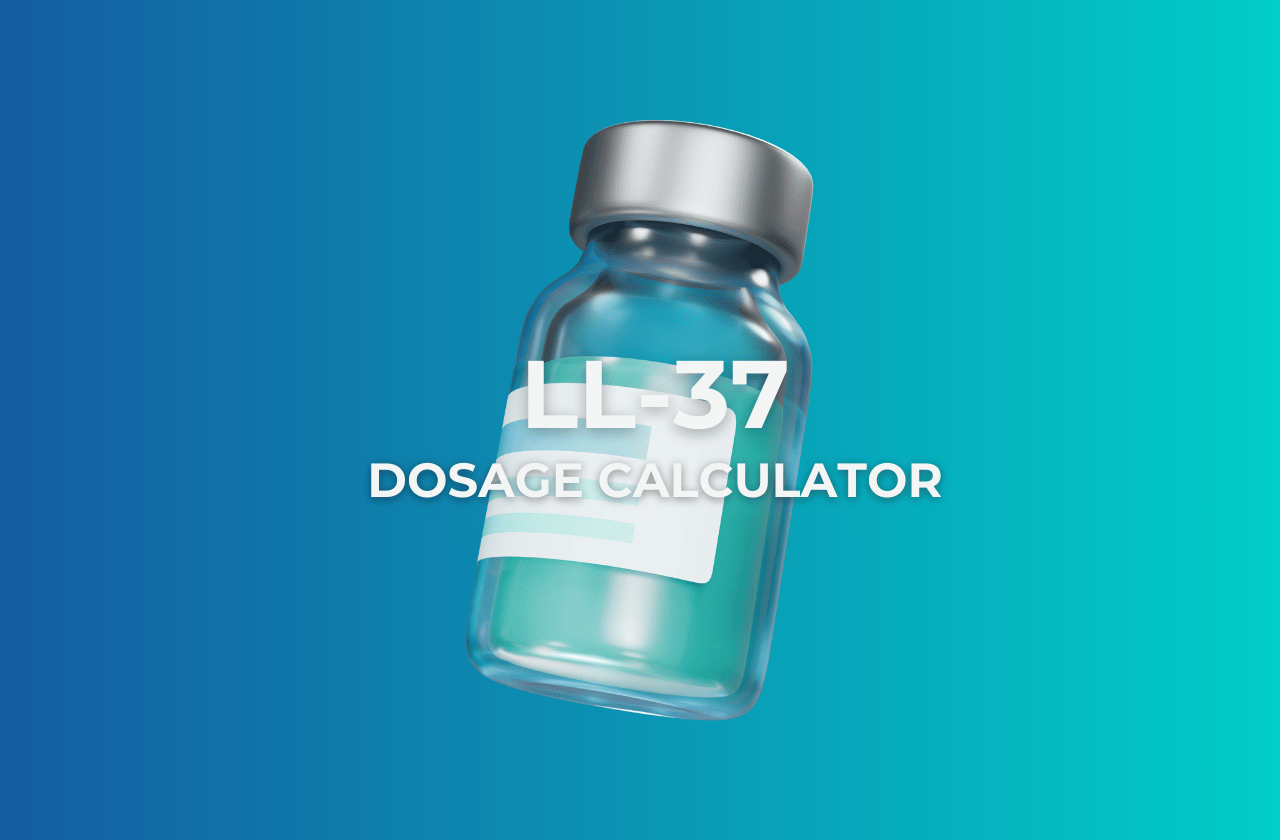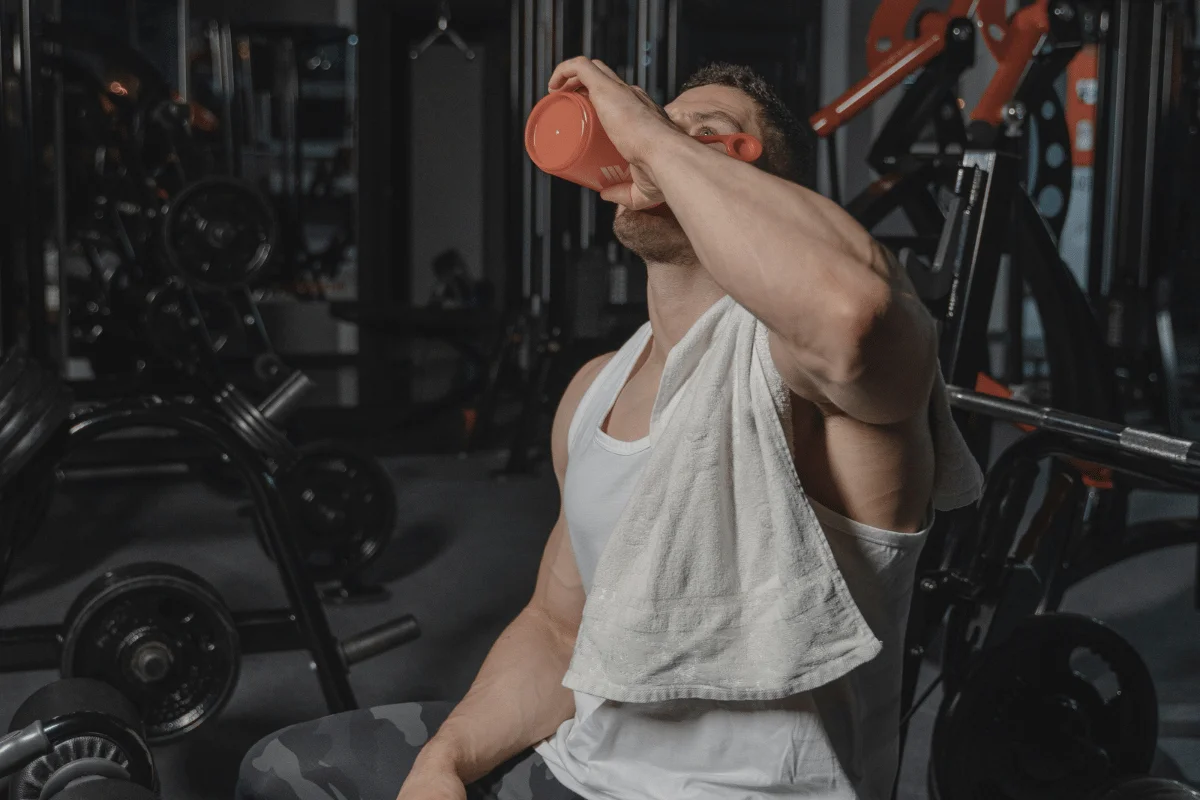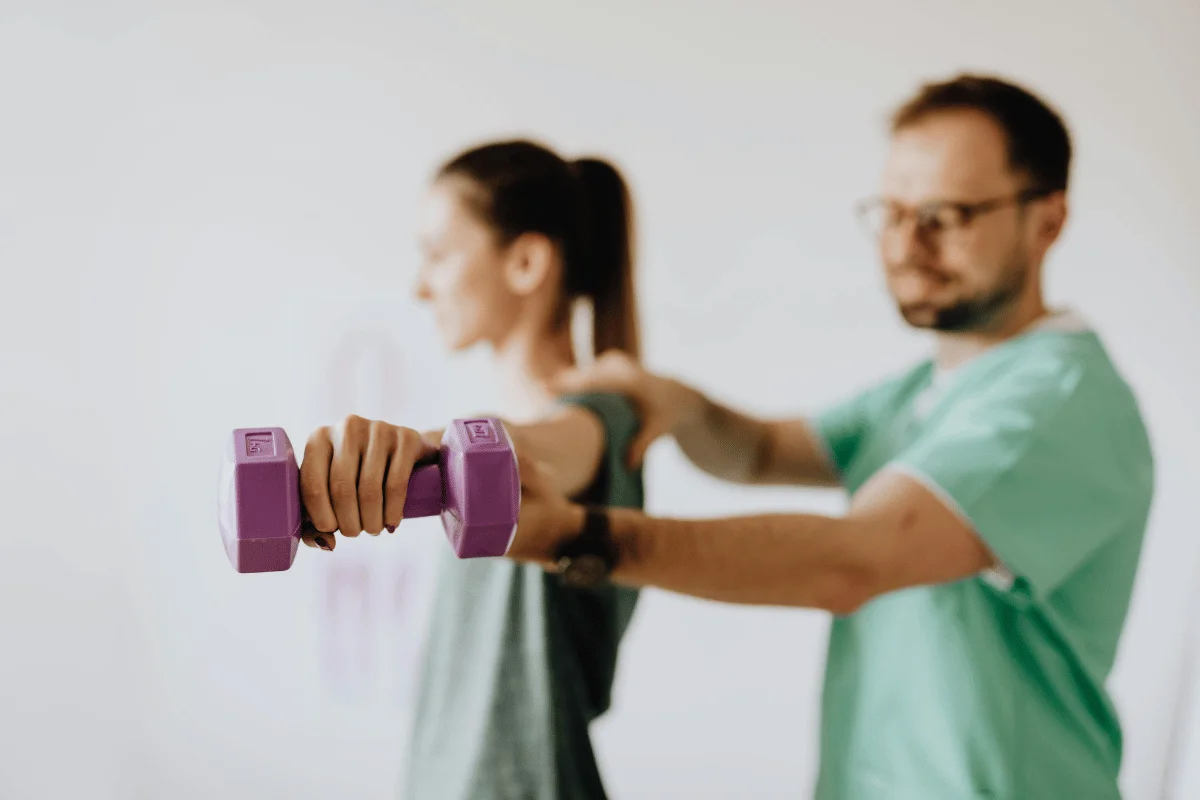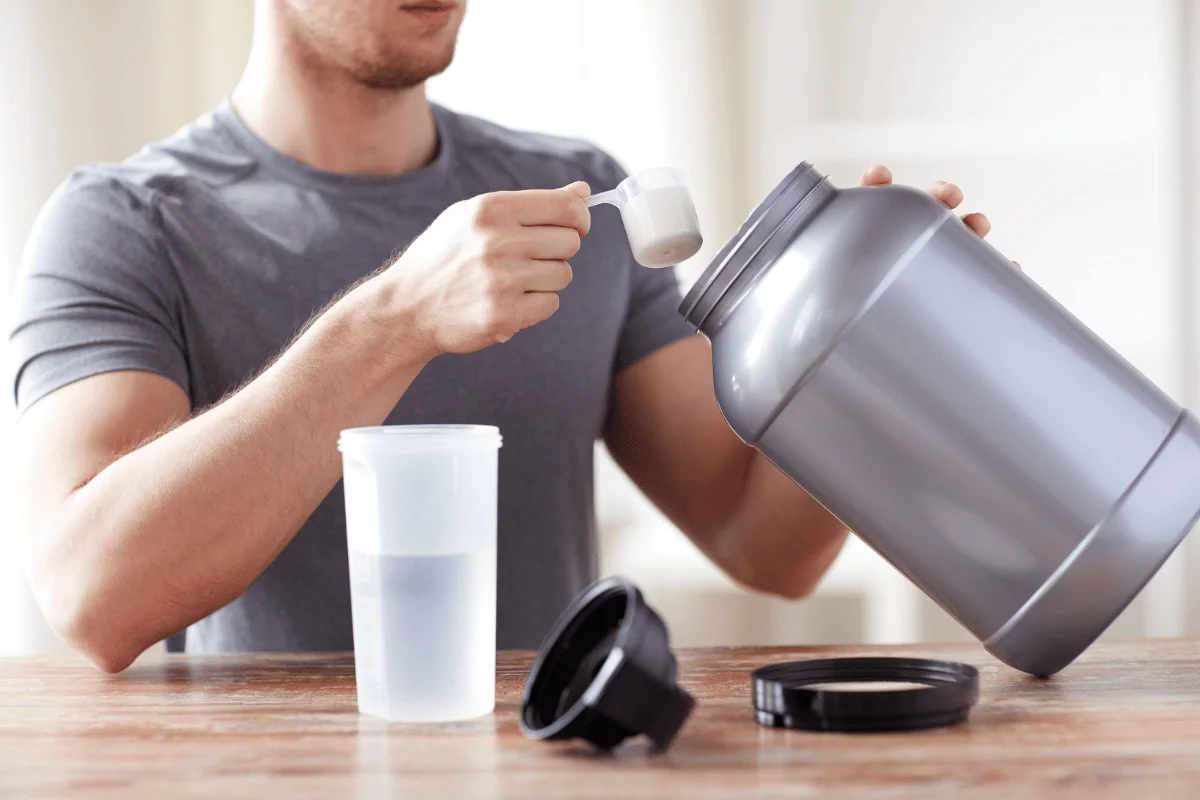[Disclaimer: This article is for informational purposes only and does not constitute medical advice. Always consult with a qualified healthcare provider before starting any peptide therapy.]
LL-37 is an antimicrobial peptide naturally found in the human body with impressive abilities to fight bacteria, viruses, and fungi. It also plays important roles in regulating immune responses and helping wounds heal faster.
These properties make LL-37 an attractive option for use in wound healing treatments, fighting infections, and supporting immune function.
In research and clinical settings, LL-37 has shown promise for its potential in boosting immunity and accelerating wound healing. However, using the right dosage is critical for safety and effectiveness.
This guide provides a comprehensive overview of LL-37 dosages for different applications, how to calculate the correct amount, and important safety information for peptide therapy clinics.
What is LL-37 Antimicrobial Peptide?
LL-37 is a 37-amino-acid peptide that comes from the C-terminal domain of a human protein called hCAP18. It works in multiple ways to protect the body – it can directly kill harmful microbes by disrupting their cell membranes, regulate inflammatory responses, and promote healing processes. What makes LL-37 particularly valuable is its versatility in addressing different health challenges.
The peptide gets its name from its structure – “LL” refers to the first two amino acids (both leucine), and “37” indicates its length of 37 amino acids. When active in the body, LL-37 adopts a special helical shape that allows it to interact with both microbes and human cells in beneficial ways.
Dosage Overview by Administration Method
The dosage of LL-37 varies significantly depending on how it’s administered. Here are the main methods used in clinical settings:
Topical Application
As a wound healing peptide, particularly for chronic wounds like venous leg ulcers, topical LL-37 has shown promising results. Clinical studies have used concentrations of 0.5 mg/mL and 1.6 mg/mL, typically applied twice weekly. These dosages have demonstrated safety and effectiveness in reducing wound size, with one study showing a 68% reduction in ulcer area using the 0.5 mg/mL concentration.[1]
Interestingly, higher concentrations (≥3.2 mg/mL) didn’t show additional benefits and might even cause negative effects on skin cells. This suggests that more isn’t always better with LL-37, and staying within the recommended range is important.
Subcutaneous Injection
For systemic effects that benefit the entire body, subcutaneous (under the skin) injections are commonly used. The typical dosage ranges from 100-125 mcg daily, sometimes divided into two doses of 50-60 mcg each. For patients whose dosing is calculated by weight, 50 mcg per kilogram of body weight per day is a standard approach.
A common protocol involves injecting 125 mcg daily, cycling through periods of active treatment and rest. This approach allows the body to respond to the peptide while minimizing potential side effects from continuous use.
Sublingual Administration
Some clinics offer sublingual (under the tongue) LL-37, typically administered as 2 drops of a 2.5 mg/mL solution once or twice daily. This method provides an alternative for patients who prefer to avoid injections. The dose can be adjusted based on individual tolerance and response.
Third-Party Tested, 99% Purity
Order lab-verified peptides from our top recommended vendor.
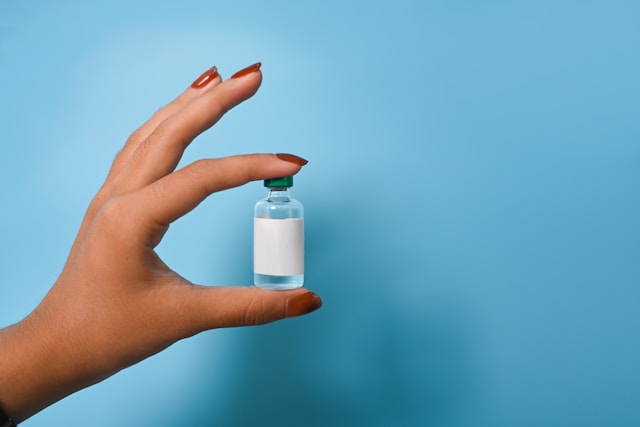
LL-37 Peptide Dosage Chart
Based on clinical research and practice, here are comprehensive charts for LL-37 dosing protocols.
Standard Subcutaneous Protocol (4-Week Cycle)
| Phase | Dosage | Duration |
|---|---|---|
| Active Treatment | 125 mcg daily subcutaneous injection | Weeks 1-4 |
| Washout Period | No dosage | Weeks 5-6 |
| Active Treatment | 125 mcg daily subcutaneous injection | Weeks 7-10 |
| Washout Period | No dosage | Weeks 11-12 |
Alternative Subcutaneous Protocols
| Protocol Type | Dosage | Notes |
|---|---|---|
| Twice Daily Option | 50-60 mcg twice daily | Morning and evening administration |
| Weight-Based Option | 50 mcg per kg of body weight daily | Calculated based on individual patient weight |
| Gradual Approach | Start at 100 mcg daily | Can increase based on response and tolerance |
Topical Application Protocol
| Parameter | Details |
|---|---|
| Concentration | 0.5-1.6 mg/mL solution or gel |
| Frequency | Typically twice weekly |
| Duration | 4-13 weeks (varies based on wound healing progress) |
| Application Method | Applied directly to the wound, often combined with standard wound care |
Sublingual Protocol
| Parameter | Details |
|---|---|
| Dosage | 2 drops of 2.5 mg/mL solution |
| Frequency | Once or twice daily |
| Adjustment | Increase as tolerated based on clinical response |
Reconstitution Guidelines
Proper reconstitution of LL-37 is critical for accurate dosing. Here’s a step-by-step guide:
Materials Needed
- 5 mg LL-37 vial (lyophilized powder)
- 3 mL bacteriostatic water
- Alcohol pads
- 3 mL syringe
- Insulin syringe for administration (typically 0.5 or 1 mL)
Reconstitution Process
- Clean the vial stoppers with alcohol pads
- Draw 3 mL of bacteriostatic water into the syringe
- Inject the water into the LL-37 vial, directing the stream against the vial wall to prevent foaming
- Gently swirl the vial until the peptide is completely dissolved (avoid shaking)
Once reconstituted, the LL-37 solution should be stored in the refrigerator at 36-46°F (2-8°C). Under these conditions, it remains stable for about 28 days.
Peptide Dosage Calculator and Guide
Peptide Reconstitution Calculator
What is the total volume of your syringe?
Select Peptide Vial Quantity
How much bacteriostatic water are you adding?
Concentration: 5.000 mg/mL (5000 mcg/mL)
How much of the Peptide do you want in each dose?
Draw up: 0.010 mL to get 50 mcg
Insulin syringe: 1.0 units (if using a U-100 syringe)
To have a dose of 50 mcg pull the syringe to 5
Calculating the correct dosage of LL-37 requires understanding the concentration of your reconstituted solution and the desired dose. Here’s how to do this calculation:
Basic Formula
Injection Volume (mL) = Desired Dose (mcg) ÷ Solution Concentration (mcg/mL)
Example Calculation
If you have:
- 5 mg (5,000 mcg) of LL-37 reconstituted with 3 mL of bacteriostatic water
- Desired dose: 125 mcg
Step 1: Calculate the concentration
5,000 mcg ÷ 3 mL = 1,667 mcg/mL
Step 2: Calculate the injection volume
125 mcg ÷ 1,667 mcg/mL = 0.075 mL or approximately 7.5 units on a 1 mL insulin syringe
Weight-Based Calculation
For weight-based dosing:
Step 1: Calculate the total daily dose
Total Daily Dose (mcg) = 50 mcg/kg × Patient Weight (kg)
Step 2: Calculate the injection volume using the formula above
Practical Example
Let’s say you have a 10 mg vial of LL-37 reconstituted with 2 mL of bacteriostatic water, and you want to dose 100 mcg per injection, twice daily.
Step 1: Calculate the concentration
10,000 mcg ÷ 2 mL = 5,000 mcg/mL
Step 2: Calculate the injection volume
100 mcg ÷ 5,000 mcg/mL = 0.02 mL or 2 units on a 1 mL insulin syringe
Step 3: For planning purposes, calculate how many doses you’ll get
10,000 mcg ÷ 100 mcg per dose = 100 doses
This means one 10 mg vial reconstituted as described would provide 50 days of treatment at twice-daily dosing.
Safety Considerations
While LL-37 has promising therapeutic potential, several safety factors should be considered:
Toxicity Threshold
LL-37 can become cytotoxic (harmful to cells) at concentrations of 1-10 µM (approximately 4.5-45 µg/mL). Dosing above this threshold may cause local tissue damage, which is why most clinical protocols keep dosages well below this range.
Side Effects
Common side effects reported with LL-37 include redness and swelling at injection sites. Some users have reported more severe reactions, which is why starting with lower doses and monitoring response is important.
High concentrations may cause inflammation or cellular damage at application or injection sites. In certain conditions like psoriasis, elevated levels of LL-37 (as high as 300 µM) have been observed, which can contribute to tissue damage.[2]
Duration Limitations
To minimize risks, continuous treatment with LL-37 at maximum doses should not exceed three months. Using cycles with washout periods (as described in the dosage chart) is recommended, with 2-4 week breaks between active treatment periods.
Monitoring Requirements
Close clinical monitoring is essential, especially for patients receiving systemic injections. This helps detect any adverse inflammatory responses or signs of toxicity early. Regular evaluation between treatment cycles allows for adjustments to the dosing regimen if needed.
Contraindications
Caution is advised when considering LL-37 therapy for patients with active inflammatory or autoimmune disorders, or those with a history of hypersensitive reactions to peptide-based treatments.
Treatment Cycles and Protocols
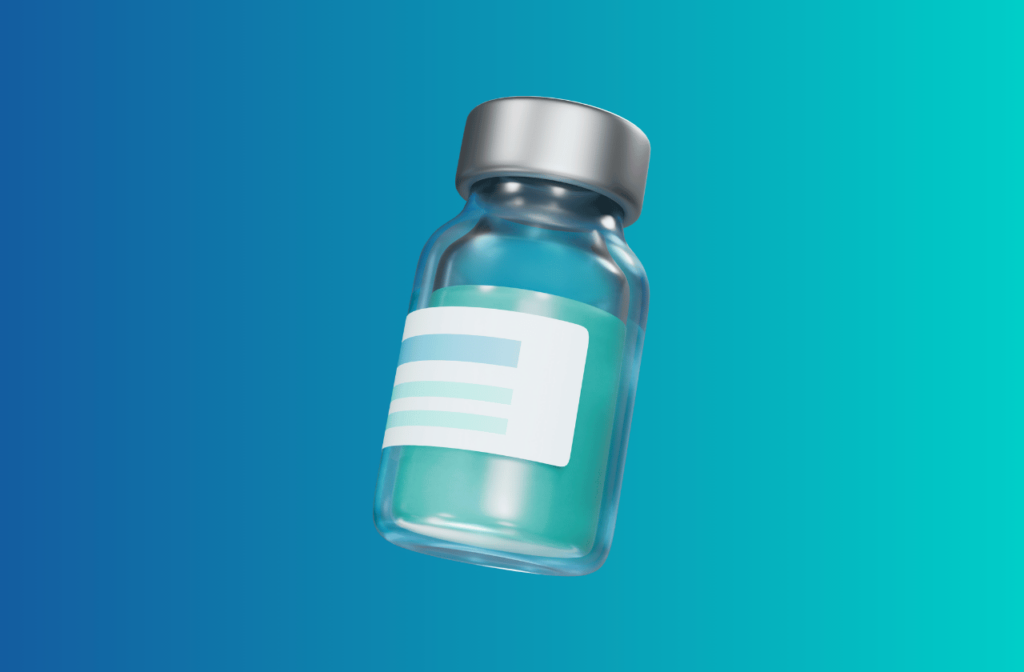
LL-37 is typically administered in cycles rather than continuously. This approach allows the body to respond to the peptide while minimizing potential adverse effects. A common cycle structure includes:
Standard Cycle Structure
- 4 weeks of active treatment
- 2 weeks of washout (no treatment)
- 4 weeks of active treatment
- 2 weeks of washout
Some protocols recommend longer cycles of up to three months, followed by a 2-4 week break. The optimal cycle length may vary based on the specific condition being treated and individual patient response.
Titration Approach
For patients who may be sensitive to the peptide or have comorbid conditions, a titration approach is often recommended. This involves starting at a lower dose (e.g., 50 mcg daily) and gradually increasing if the treatment is well tolerated.
Reassessment
Regular reassessment between cycles is crucial. This allows clinicians to evaluate the therapeutic response, adjust dosages if needed, and monitor for any adverse effects. Documentation of changes in the targeted condition helps guide future treatment decisions.
Practical Applications in Clinical Settings
In a clinical setting, LL-37 has shown particular promise for several applications:
Chronic Wound Management
Topical LL-37 at 0.5-1.6 mg/mL has demonstrated effectiveness as an adjunct therapy for chronic wounds, particularly venous leg ulcers. The peptide appears to accelerate healing by promoting cell migration and proliferation while providing antimicrobial protection.[1]
Immune Support
Subcutaneous LL-37 at doses of 100-125 mcg daily may help modulate immune function. The peptide supports balanced immune responses by influencing signaling pathways and enhancing the body’s natural defense mechanisms.[3]
Infection Management
With its broad-spectrum antimicrobial properties, LL-37 might offer support in addressing difficult infections. Its ability to disrupt bacterial biofilms (protective layers that bacteria form) makes it particularly interesting for conditions where conventional antibiotics face challenges.[4]
Takeaway
LL-37 represents an exciting frontier in peptide therapy with its multiple beneficial properties. The dosage for LL-37 varies by application method, with subcutaneous injections typically at 100-125 mcg daily in cycles of 4-12 weeks, and topical use at 0.5-1.6 mg/mL for wound healing.
Precise dosing calculations are essential for both safety and efficacy. By using the formulas and examples provided in this guide, clinicians can determine appropriate volumes for administration based on the concentration of reconstituted solutions and desired therapeutic doses.
Safety should always be the priority when implementing LL-37 therapy. Using cycled protocols, monitoring for adverse effects, and individualizing treatment approaches based on patient characteristics and responses will help maximize benefits while minimizing risks.
As research on LL-37 continues to evolve, treatment protocols may be refined. For now, the dosage guidelines presented here represent the current understanding based on available clinical evidence and practical experience. Always apply clinical judgment and stay updated on emerging research when implementing LL-37 peptide therapy in your practice.
Remember that while this guide provides a framework for LL-37 dosing, each patient’s treatment plan should be individually tailored under appropriate medical supervision. The remarkable healing potential of this peptide is best realized when administered with proper knowledge and care.
References
- Mahlapuu, M., Sidorowicz, A., Mikosinski, J., Krzyżanowski, M., Orleanski, J., Twardowska-Saucha, K., Nykaza, A., Dyaczynski, M., Belz-Lagoda, B., Dziwiszek, G., Kujawiak, M., Karczewski, M., Sjöberg, F., Grzela, T., Wegrzynowski, A., Thunarf, F., Björk, J., Ekblom, J., Jawien, A., & Apelqvist, J. (2021). Evaluation of LL-37 in healing of hard-to-heal venous leg ulcers: A multicentric prospective randomized placebo-controlled clinical trial. Wound repair and regeneration : official publication of the Wound Healing Society [and] the European Tissue Repair Society, 29(6), 938–950. https://doi.org/10.1111/wrr.12977.
- Nakamura, Y., Kulkarni, N. N., Takahashi, T., Alimohamadi, H., Dokoshi, T., Liu, E., Shia, M., Numata, T., Luo, E. W., Gombart, A. F., Yang, X., Secrest, P., Gordts, P. L., Tsimikas, S., Wong, G. C., & Gallo, R. L. (2024). Increased LL37 in psoriasis and other inflammatory disorders promotes LDL uptake and atherosclerosis. The Journal of clinical investigation, 134(5), e172578. https://doi.org/10.1172/JCI172578.
- Nijnik, A., Pistolic, J., Wyatt, A., Tam, S., & Hancock, R. E. (2009). Human cathelicidin peptide LL-37 modulates the effects of IFN-gamma on APCs. Journal of immunology (Baltimore, Md. : 1950), 183(9), 5788–5798. https://doi.org/10.4049/jimmunol.0901491.
- Keshri, A. K., Rawat, S. S., Chaudhary, A., Sharma, S., Kapoor, A., Mehra, P., Kaur, R., Mishra, A., & Prasad, A. (2025). LL-37, the master antimicrobial peptide, its multifaceted role from combating infections to cancer immunity. International journal of antimicrobial agents, 65(1), 107398. https://doi.org/10.1016/j.ijantimicag.2024.107398.


